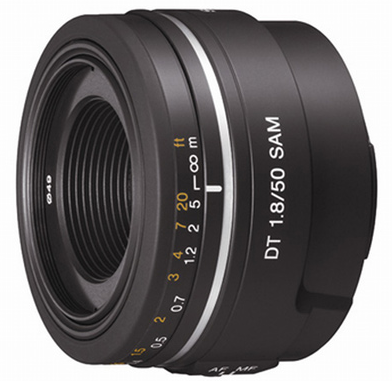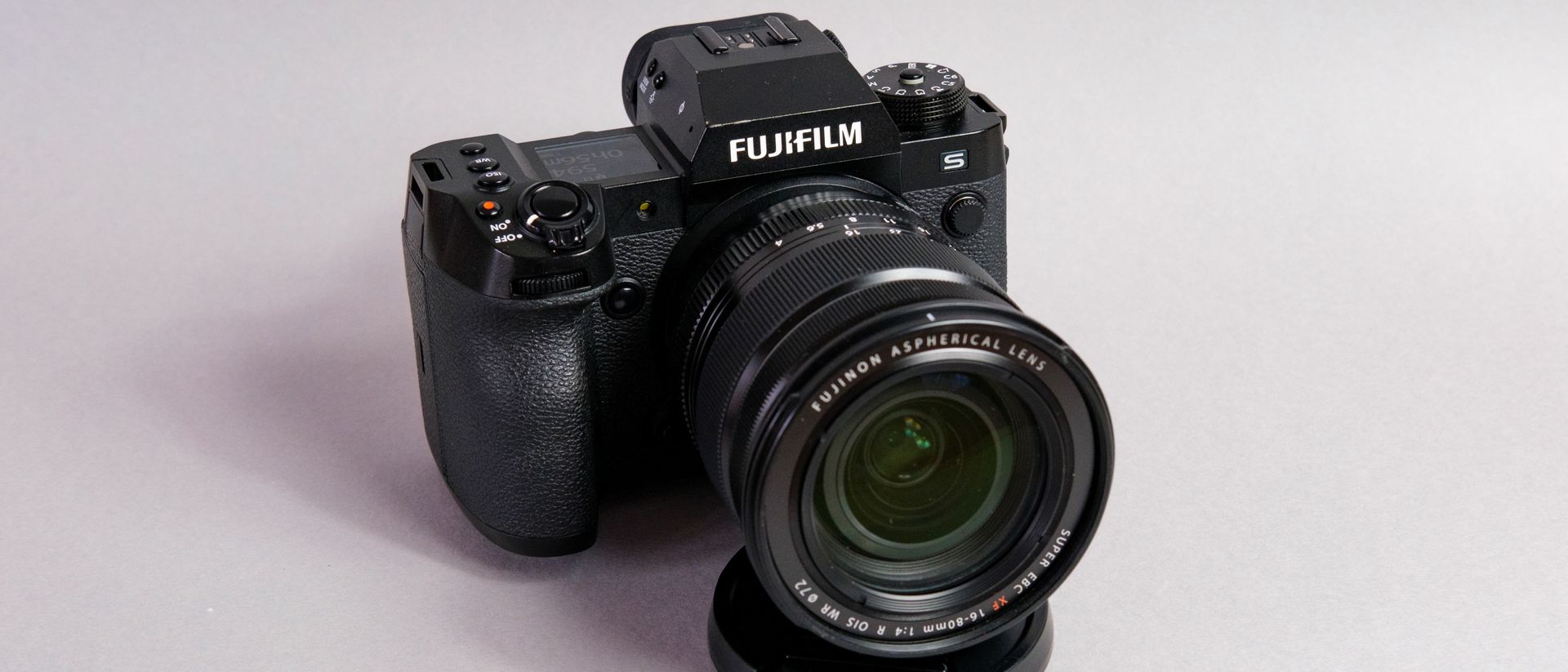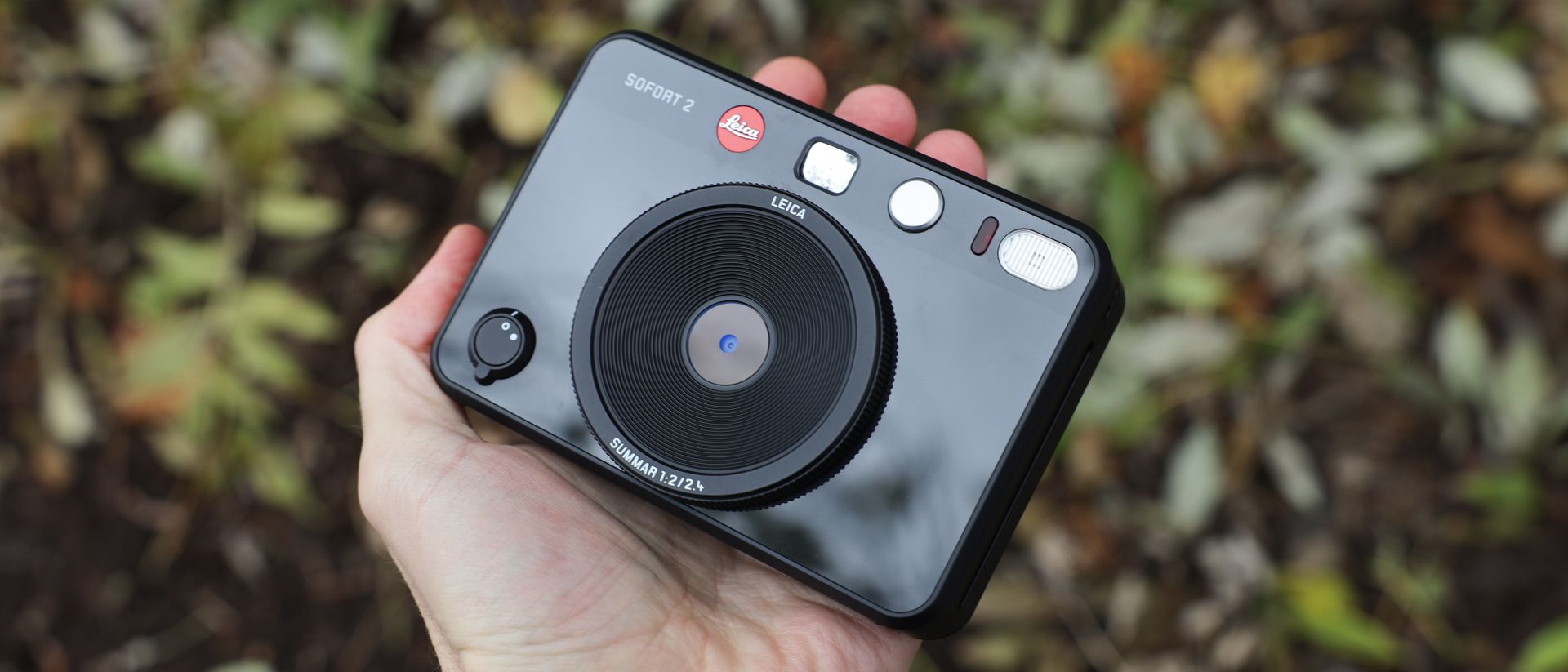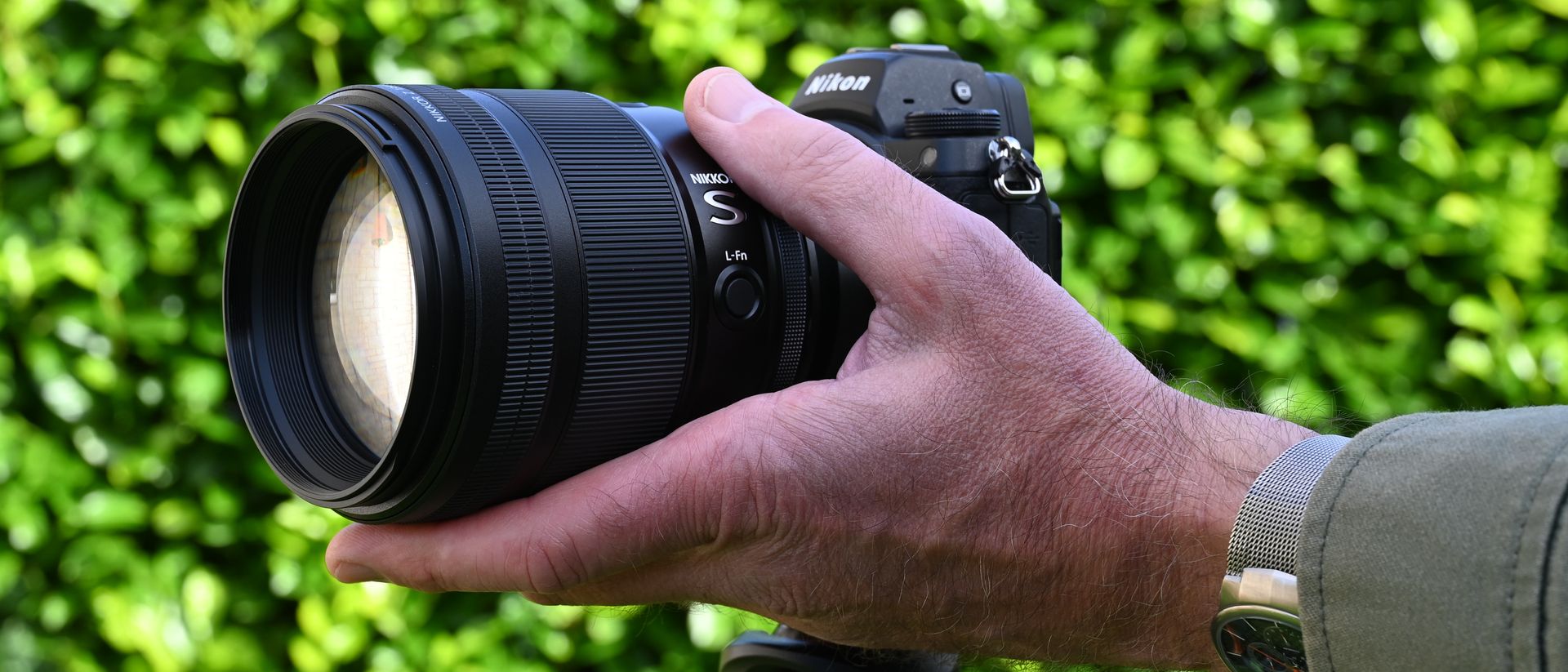
The DT 50mm f/1.8 SAM lens was introduced as one of four lenses announced with the A230, A330 and A380 DSLR cameras in early May 2009. The DT 50mm f/1.8 SAM lens is the first DT prime lens Sony has introduced and it’s being promoted as a ‘portrait’ lens. This is logical because it provides a focal length equivalent to 75mm (in 35mm format) when mounted on ‘APS-C’ camera bodies.
The fast f/1.8 maximum aperture makes it two to three f-stops faster than any kit lens. This is a big advantage for photographers who enjoy shooting in low light levels and don’t want to use flash fill for shots. The wide aperture is also great for differential focusing with portrait shots.
The optical design contains six elements in nine groups and no mention is made of exotic glass elements or special coatings to improve overall performance. However, a glance at the front element will show some kind of multi-coating has been applied. This lens is made almost entirely of plastic with a plastic mounting plate and barrel. A narrow metal ring around the barrel, approximately 15mm back from the front of the lens, is the only indicator of any other materials used in construction.
Build quality is good for a plastic lens carrying the ‘Made in China’ label. The plastic barrel has smooth satin-like finish. No lens hood is supplied – and none appears to be available. All you receive in the box are front and end caps plus several multi-lingual instruction leaflets.
An AF/MF slider switch is located on the left side of the barrel. The focusing ring is approximately 10 mm wide, with a rubberised tip that lacks ridges for a secure grip. It’s rather loose, making precise focusing tricky. However, all focusing is internal, which means you can use angle-critical filters without having to re-adjust them when focus changes.
Engraved along the trailing edge of this ring are distance markings in metres and feet, ranging from 0.34 metres (the close focusing limit) to infinity. The focusing ring rotates through a little more than 90 degrees when covering this distance.
The filter ring lies inside the focusing ring and doesn’t rotate when the lens is being focused, making use of angle-critical attachments like polarisers viable. The ring accepts 49 mm diameter filters.
Performance
The Smooth Autofocus Motor (SAM) didn’t appear to provide any particular advantages in either AF speed or operational noise. There’s a distinct buzzing sound as the lens focuses and it took almost 0.8 seconds to readjust focus from a close subject to infinity. However, focusing was generally accurate as we recorded few missed shots in our tests – even though they were conducted with a full-frame camera.
Imatest showed the review lens to be capable of relatively high resolution on the DSLR-A850 camera body (for which it wasn’t designed). However, edge softening was quite pronounced at aperture settings up to f/16 (which covers most of the aperture range. The disparity between centre and edge resolution was greatest at wide apertures.
Highest resolution figures for both centre and edge-of-field were found at f/5.6. Diffraction reduced resolution from about f/16 on, having a greater effect on centre resolution than edge resolution. The graph below shows the results of our Imatest tests.
- Source: photoreview




